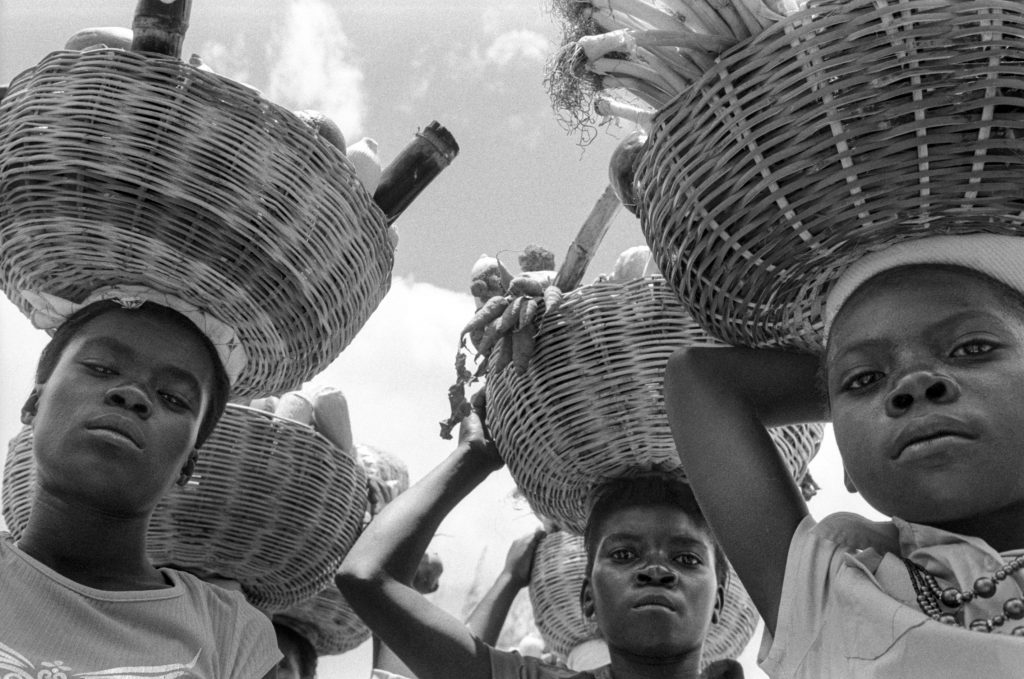The purpose of this qualitative study was to explore the lived experience of suffering through the 2010 earthquake in Haiti. The experiences of 13 individuals who lived suffering through the 2010 earthquake in Haiti were elicited. Heideggerian hermeneutical phenomenology served as both the guiding philosophy and methodology for this research study, while Eriksson’s (1981) theory of caritative caring provided the caring science lens. Diekelmann, Allen, and Tanner’s (1989) seven-stage method of hermeneutical analysis provided the structure for data analysis. The relational themes that were interpreted were: Experiencing the Unimaginable, Awakening to a Changed Reality, Agonizing for Others, Compounding Losses, Finding a Way Forward, and Being Transformed. These six relational themes are illuminated and aesthetically re-presented in six watercolor paintings. The constitutive pattern Suffering With and For Others expressed the meaning of suffering for participants through the 2010 earthquake in Haiti as a lived experience.
Open Source Archives
We strive to facilitate interdisciplinary collaboration and the implementation of progressive and participatory research methods, with the goal of generating tangible, durable changes in the way research about Haiti is conceptualized, implemented and applied.

ABOUT US
Research Hub & Open Source Archives
EKO HAITI Research Hub is a research and knowledge mobilization platform focused on creative, collaborative and interdisciplinary research and associated research-based learning. We aim to become the intellectual “home” for research about Haiti by creating and providing open access to the largest crowdsourced research archive dedicated to Haiti, by fostering cross-disciplinary research and innovation, and by providing support for progressive research in the form of contextual expertise and training.
“The trees fall from time to time, but the voice of the forest never loses its power. Life begins.”
Jacques Alexis, Les Arbres Musiciens (Paris, 1957)





ORAL HISTORIES
Oral histories are a powerful tool in developing historical understanding
Oral history offers an alternative to conventional history, filling gaps in traditional research with personal accounts of historically significant events or simply life in a specific place and time. Oral histories do more than provide charming details to dry historical accounts. In fact, oral histories help others recapture lived experiences that are not written down in traditional sources.
> Transcripts archive

" Bwa pi wo di li wè lwen, men grenn pwomennen di li wè pi lwen pase l "
The tallest tree says that it sees far, but the seed that travels says that it sees even further.
GET INVOLVED
Support EKO HAITI
As an independent institute, we rely on crowdsourcing and donations to continue expanding the depth and scope of our archives. Your contribution enable us to provide open access to a vast collection of ethnographic and research material which in turn aims at fostering further research and contribute to a better understanding of the country.

